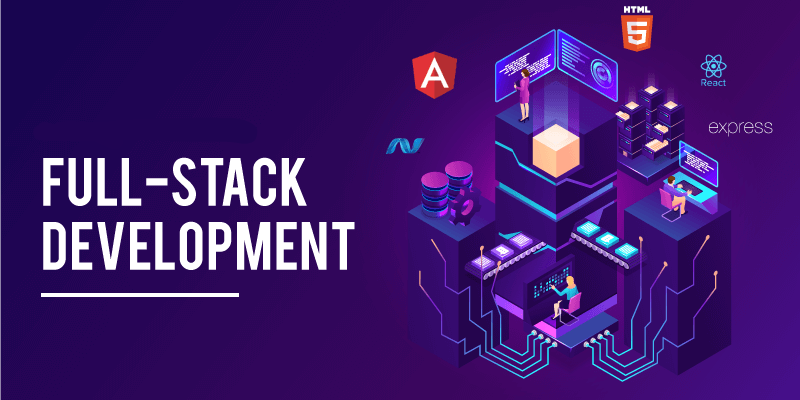
As technology evolves, the demand for full-stack developers has rapidly increased. With the ability to handle both front-end and back-end development, full-stack developers are becoming more valuable in the industry. This blog will provide a step-by-step overview of full-stack developer architecture, including the basic concepts, tools, and languages used. If you are looking for a Full Stack Developer Course in Chennai at FITA Academy, we can help you find the best options available.
Full-stack developers are responsible for creating web applications from start to finish. They handle the front-end development, which includes designing the user interface, and the back-end development, which includes designing the server-side code and database. A full-stack developer must have many skills, including proficiency in multiple languages, such as HTML, CSS, JavaScript, and more.
Step-by-Step Overview of Full-Stack Developer Architecture
1. Front-End Development
The front end of a web application constitutes the user interface, which users interact with directly. Front-end development entails crafting this interface using HTML, CSS, and JavaScript. HTML establishes the structure of web pages, CSS handles styling, and JavaScript introduces interactivity. For Full Stack Developer Course in Marathahalli.
2. Back-End Development
3. Database Management
The database is essential to any web application, as it stores all its data. A full-stack developer must be proficient in database management tools, such as MySQL, MongoDB, and more, to create and manage the database for a web application.
Read more: How Can Cost Optimization in DevOps Benefit from AWS Savings Plans?
4. Server-Side Frameworks
Server-side frameworks are used to develop the back end of a web application. These frameworks provide a structure for the server-side code, making it easier to develop and maintain. Popular server-side frameworks include Ruby on Rails, Django, and Laravel. Enrolling in a Full Stack Developer Online Course can give you the knowledge and hands-on experience you need to master these frameworks.
5. Front-End Frameworks
Front-end frameworks provide a structure for a web application’s user interface. They make it easier to create responsive and interactive user interfaces. Popular front-end frameworks include Angular, React, and Vue.
Read more: Reasons To Learn Java Programming Language6. Version Control
7. Deployment
After developing a web application, a full-stack developer must deploy it to a server, making it available to users. Various deployment tools, such as Docker, Kubernetes, and AWS, are available. The developer must know how to set up and configure the deployment tool to ensure the web application runs smoothly. Also, check out the Training Institute in Bangalore.
Full-stack development is a complex process that involves a wide range of skills and tools. Full-stack developers must be proficient in multiple programming languages, database management tools, server-side and front-end frameworks, version control, and deployment tools. Following this step-by-step overview of full-stack developer architecture, you can better understand what it takes to become a successful full-stack developer. If you are looking for a Training Institute in Chennai to become a full-stack developer, there are many great options available that can help you acquire the necessary skills and knowledge.
Also Read: Full Stack Developer Interview Questions and Answers